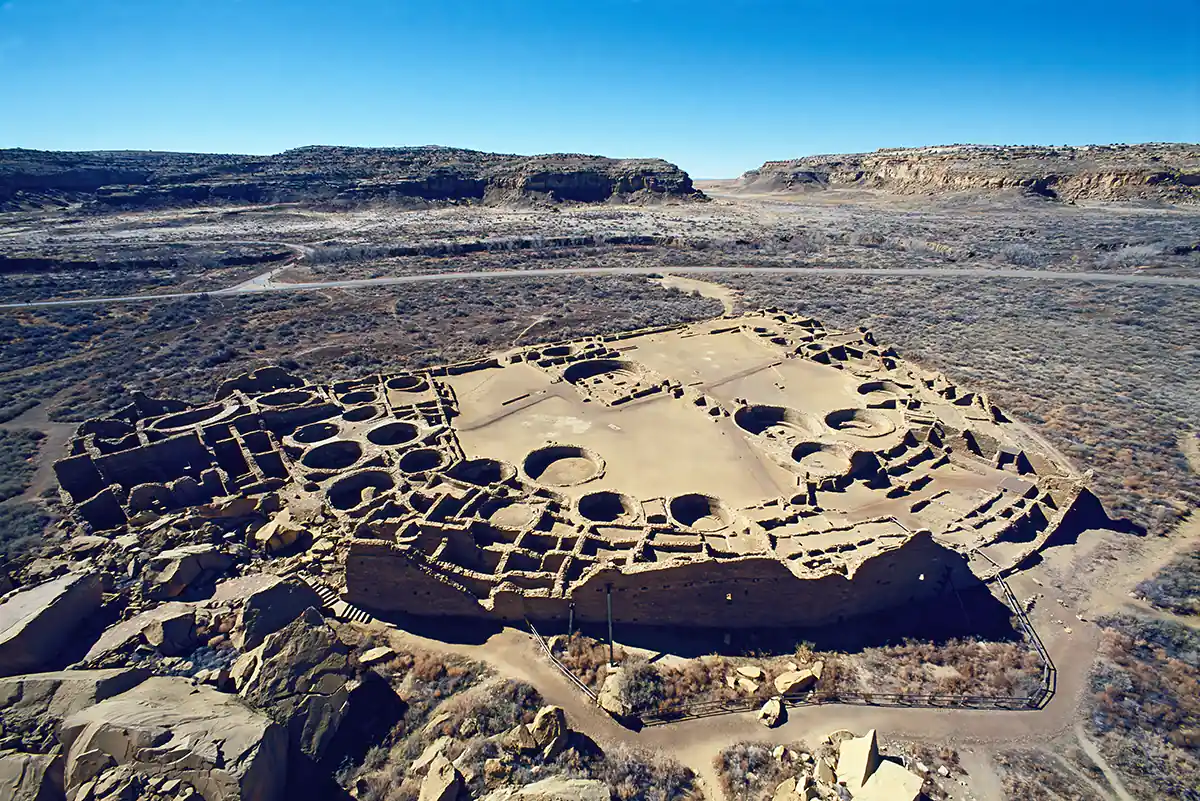Sacred Sites of the United States
Sacred Spaces of the United States: A Tapestry of Faith and Heritage
The United States, a nation forged by diverse cultures and beliefs, boasts a rich tapestry of sacred spaces that reflect the country's spiritual diversity and complex history. From ancient indigenous sites to colonial-era churches and modern spiritual centers, these spaces offer glimpses into the various faiths and traditions that have shaped American society. (Pictured above: Mount Hesperus, Colorado)
Indigenous peoples have long revered numerous sites across the continent for their spiritual and cultural significance. Devil's Tower in Wyoming, for instance, holds profound meaning for several Plains tribes as a site of prayer and vision quests. The Cahokia Mounds near St. Louis, once a thriving pre-Columbian settlement, serve as a testament to the sophisticated culture and spiritual beliefs of the Mississippian people. The Medicine Wheel in the Bighorn Mountains of Wyoming, a stone circle constructed over 1,000 years ago, is believed to have served various ceremonial and spiritual purposes.
With the arrival of European settlers, Christianity became a dominant force in the United States, leading to the establishment of numerous churches, cathedrals, and other Christian sites. The National Cathedral in Washington, D.C., serves as a national house of prayer for all people, while St. Patrick's Cathedral in New York City stands as a neo-Gothic masterpiece and the seat of the Archbishop of New York. The Alamo in San Antonio, Texas, a former Spanish mission turned battleground, is now a revered shrine and symbol of Texan independence.
The United States is also home to a growing number of sacred spaces representing diverse spiritual traditions. The Baha'i House of Worship in Wilmette, Illinois, a unique nine-sided temple, serves as a center for prayer and meditation for people of all faiths. The Self-Realization Fellowship Lake Shrine in Pacific Palisades, California, offers a serene retreat dedicated to the teachings of Paramahansa Yogananda, a renowned spiritual leader.
Beyond formal religious sites, many natural landscapes are considered sacred by various communities. National parks like Yellowstone and Yosemite, forests, mountains, and rivers hold spiritual significance for those seeking solace and connection with nature. These landscapes offer opportunities for outdoor recreation, spiritual retreats, and environmental conservation efforts.
The sacred spaces of the United States are not merely physical locations but also living expressions of faith, culture, and history. They offer a glimpse into the diverse spiritual landscape of the nation, inviting visitors to connect with their own spiritual journeys and to explore the rich tapestry of beliefs that have shaped the United States. By understanding and respecting these sacred spaces, we can foster a deeper appreciation for the diverse spiritual traditions that enrich our nation.

Martin Gray is a cultural anthropologist, writer and photographer specializing in the study of pilgrimage traditions and sacred sites around the world. During a 40 year period he has visited more than 2000 pilgrimage places in 160 countries. The World Pilgrimage Guide at sacredsites.com is the most comprehensive source of information on this subject.


